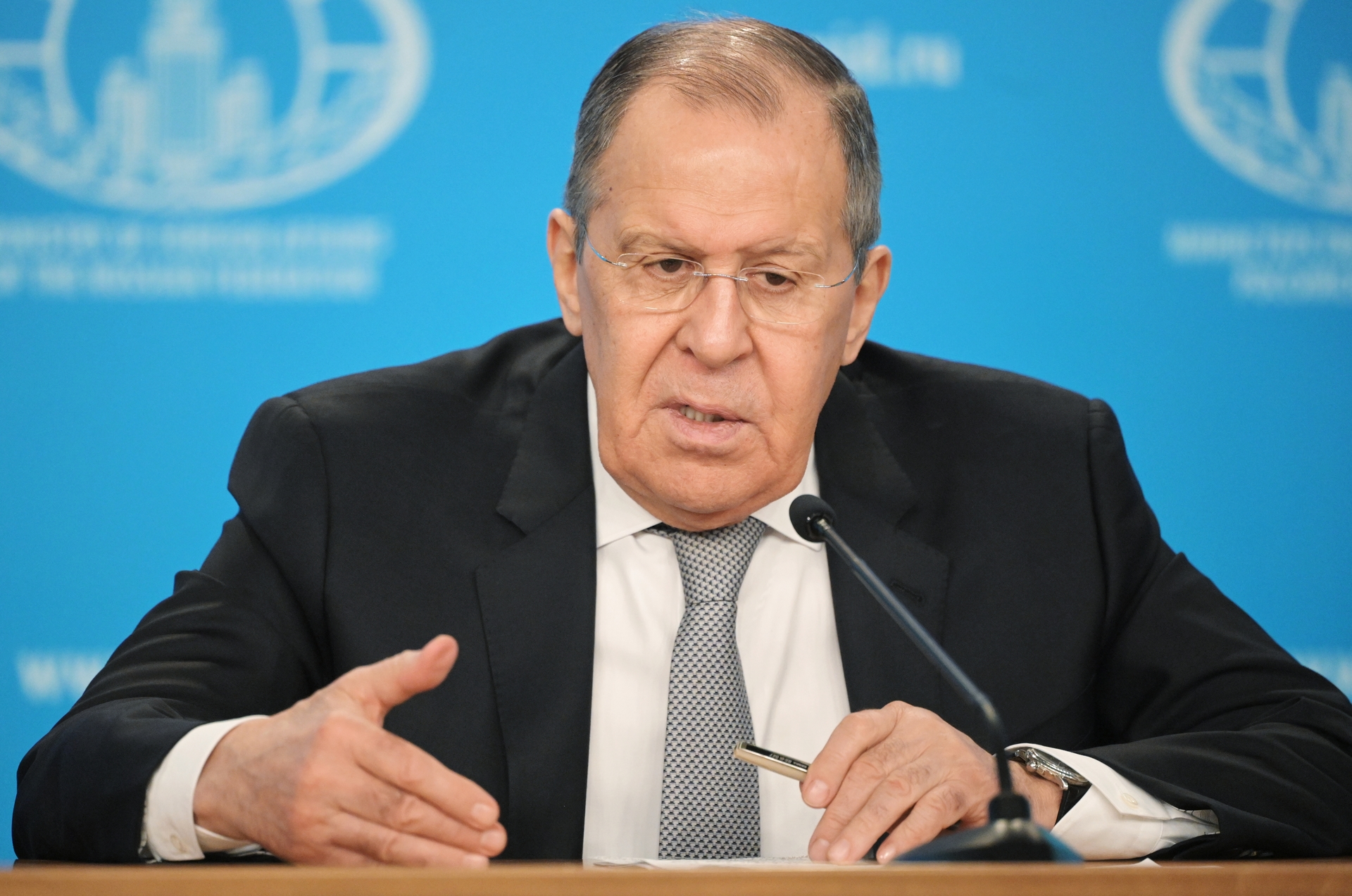On Friday, January 14, trading on the Russian foreign exchange market was accompanied by sharp fluctuations.
In the middle of the day, the euro exchange rate on the Moscow Exchange rose by 0.9% and for the first time since July 2021 reached 88.14 rubles.
The dollar exchange rate grew by 1% - up to 76.99 rubles.
However, in the evening the values fell to 76.3 rubles per dollar and 87 rubles per euro.
The official exchange rate of the Central Bank on January 15 is set at 75.77 rubles per dollar and 86.89 rubles per euro.
The Russian securities market also showed negative dynamics.
During the trading session, the Moscow Exchange index decreased by more than 4.4%, to 3512 points, and the RTS index - by 4.8%, to 1443 points.
The values are the lowest since April 2021.
At the same time, the Russian government bond index (RGBI) fell by 1.9% to 129.9 points, the lowest level since May 2016.
“Investors began to sell Russian assets because they were not ready for increased geopolitical tensions after negotiations between Moscow and the West.
Mostly, many tuned in to a noticeable détente in relations, and not to a higher degree of confrontation.
Therefore, if before the negotiations we saw persistent purchases of rubles and securities, now, on the contrary, we are witnessing a serious reassessment of the prospects, ”Janis Kivkulis, the leading EXANTE strategist, explained to RT.
From January 10 to 13, Moscow held talks with US, NATO and OSCE delegations on Russian proposals in the field of security guarantees.
Following the meeting between representatives of Russia and the United States, presidential spokesman Dmitry Peskov said there was no "significant reason for optimism."
Later, Russia's permanent representative to the OSCE, Alexander Lukashevich, stated that Moscow had not heard from its Western colleagues "an adequate response or any kind of reaction" to the proposals for security guarantees.
Such a situation, according to him, is already leading to the fact that Russia will not “dance round dances”, but will wait for a reaction from partners “in a short time”.
At the same time, Foreign Minister Sergei Lavrov noted that in a dialogue with the West, the topic of non-deployment of strike weapons near Russian borders should not be considered in isolation from the requirement for NATO non-expansion to the east, since otherwise it "is unlikely to be of significant importance."
During a press conference on Friday, the Foreign Minister called the possible appearance of the North Atlantic Alliance on the Russian borders a red line.
In this regard, the Foreign Minister stressed that Moscow needs the reaction of the United States and NATO to each article from the proposed draft documents on security guarantees.
“Much of what is being said publicly today is probably connected with the artificial escalation of tension, with the desire to create such an atmosphere around the Russian Federation, including as an additional background for the negotiations that began in Geneva, continued in Brussels, and which, I I hope we can resume.
But this will depend on the response of the United States, a concrete, written response to our proposals, ”Lavrov emphasized.
RIA News
© Sergey Guneev
As Alexander Potavin, an analyst at FG Finam, noted in a conversation with RT, investors fear a further increase in tension and the introduction of new packages of anti-Russian restrictions.
Nevertheless, many market players are still counting on a peaceful settlement of the problems that have arisen, since the Kremlin retains the opportunity to continue negotiations, the expert added.
“Too distant positions of the parties do not allow quickly finding acceptable ways to reach agreements.
In a calm environment, the ruble will be traded in line with the currencies of other emerging markets.
However, it is still very difficult to calculate the negative scenario,” Potavin said.
At the same time, Finance Minister Anton Siluanov expressed the opinion that the Russian economy will survive even if the sanctions discussed in the West are introduced.
Speaking at the Gaidar Forum, he said that the country had created a safety cushion in the form of the National Wealth Fund, which should provide the necessary protection.
“In general, we will withstand the restrictions that are being discussed today, but I think that this should not come to that,” RBC quoted Siluanov as saying.
Support factors
According to experts, in the near future the situation in the geopolitical arena will continue to play a decisive role for the dynamics of the ruble and the Russian stock market.
Nevertheless, a number of factors still provide support for the national currency and securities, said Alexander Bakhtin, investment strategist at BCS World of Investments.
“Ruble assets are getting help from high commodity prices.
In addition, the local weakness of the dollar in the external arena plays in favor of oil and ruble quotes.
Also fundamentally positive for the Russian currency is the cycle of raising the key rate of the Central Bank, which, apparently, has not yet been completed, ”Bakhtin said in a comment to RT.
globallookpress.com
© Konstantin Kokoshkin
Market players are also positive about a number of macroeconomic indicators in Russia, Janis Kivkulis added.
In particular, we are talking about a budget and balance of payments surplus, a high volume of reserves and a low level of public debt.
According to Kivkulis, in the current conditions, the dollar and euro rates will remain in the ranges of 75-80 and 85-90 rubles, respectively, in the near future.
At the same time, Alexander Bakhtin does not exclude that in the event of a decrease in geopolitical tensions, the dollar exchange rate may return to the level of 72.5-76.5 rubles, and the euro exchange rate to 84-88 rubles.

